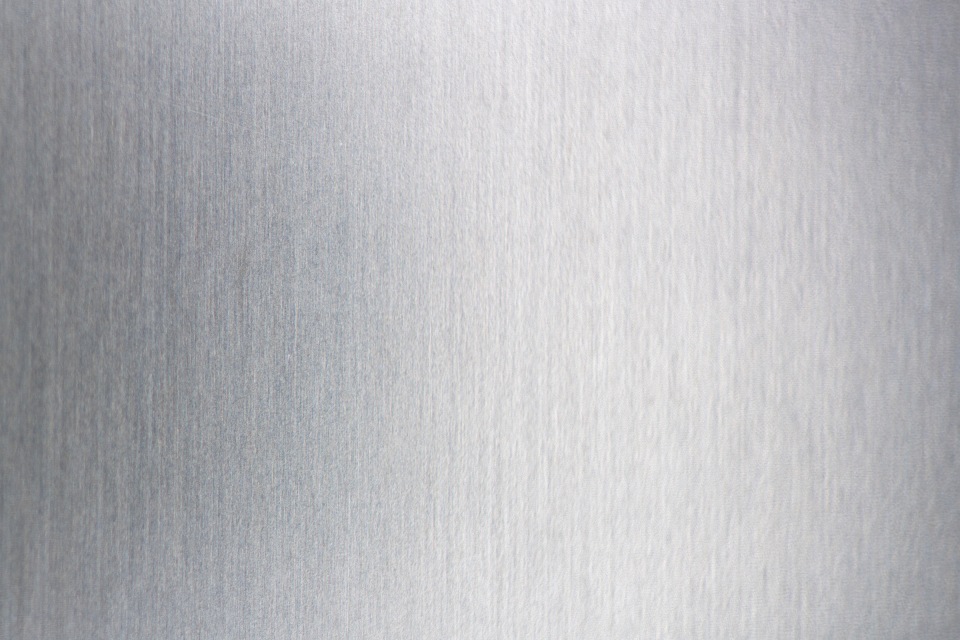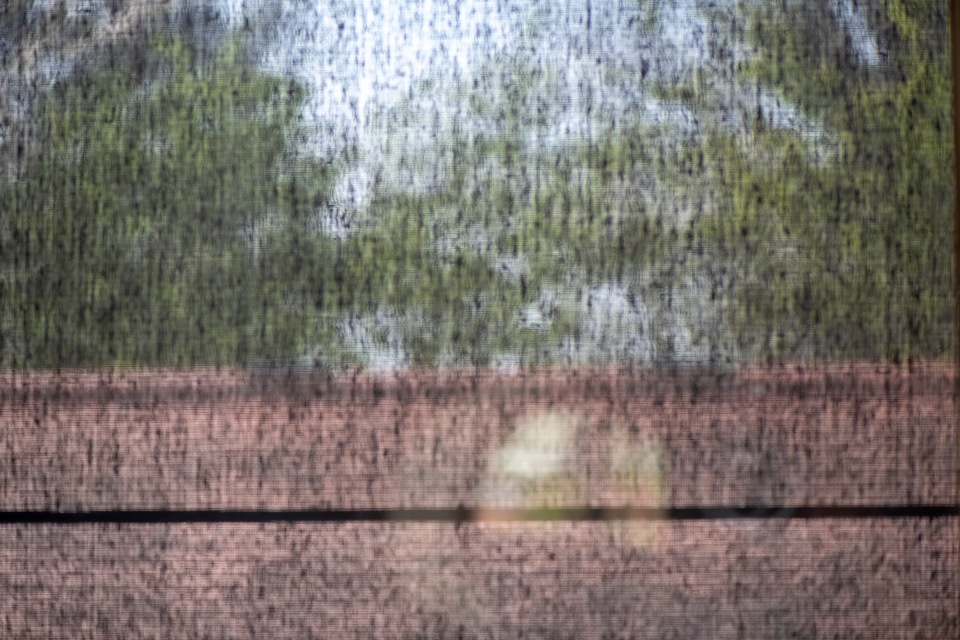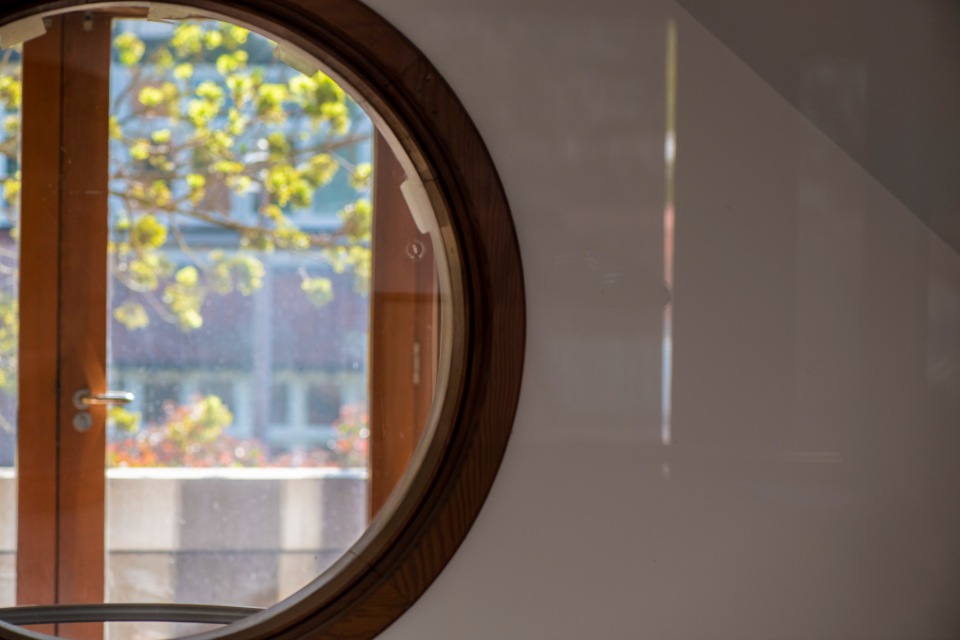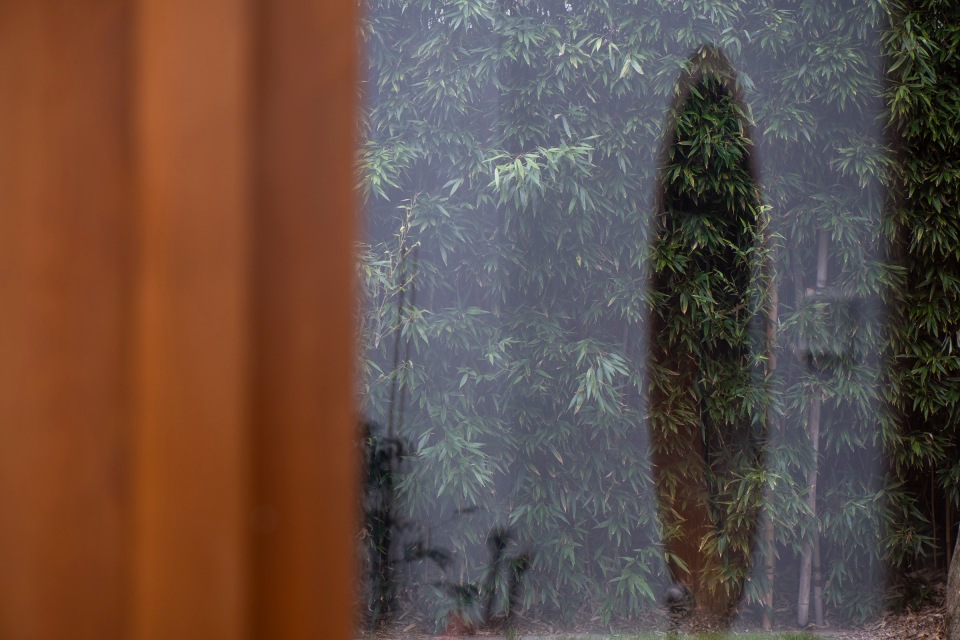The first part of this blog contains my initial thoughts on the way I had intended to go with the assignment. I took a U turn part way through, but I thought I would leave it in as it does give an insight into why I took the U turn. There was an element of the Covid -19 crisis that came into my reasons for the U turn although I don’t believe it was the main reason, It was certainly a catalyst.
I often notice detail in everyday objects. With the right light and the right lens this detail can be transformed.
I was introduced to the subject of Wabi Sabi during an online meeting with my tutor and found it fascinating. There is so much beauty in objects that are broken, old, derelict, wilting or fatigued. For example, metal objects that are allowed to react naturally to the environment, for aesthetic reasons or just because because they have not being cleaned or maintained (Fig.1,2).

Fig.1 Minneapolis City Hall. Copper roof

Fig 2. Rust on iron
I love the look of shiny silver and gold but far I am far more attracted to it when its tarnished! It’s also a very good excuse not to clean it!
Looking in detail at normal everyday items was something I undertook for Assignment two Collecting. I enjoyed taking and creating the images for this assignment and really wanted to re visit this type of photography for the last assignment of the course. I have learned so much since starting this course and hope that I can use this knowledge to create images that really show a personal voice and individuality.
Having never come across the term Wabi Sabi before I really wanted to know more about it and gain a better understanding. It was obvious during the online meeting that it was a complex subject, steeped in history and culture so I was aware that my level of understanding would be limited.
In trying to understand the concept of Wabi Sabi I found a paragraph written by Leonard Koren in his book Wabi-Sabi for Artists, Designers, Poets & Philosophers which made me realise that it was very likely that I would never really get to the bottom of it because the bottom of it may not actually exist. “From this vantage point, missing or indefinable knowledge is simply another aspect of wabi-sabi’s inherent incompleteness” (Koren, 2008). The introduction to Koren’s book starts with three sentences that are often used as a way of describing wabi-sabi, again using the word incomplete. “a beauty of things imperfect, impermanent and incomplete” (Koren, 2008).
I am also not so arrogant as to think that I could produce a series of 10 images that could be classed as fitting the phenomena of Wabi Sabi. I am also not going to attempt to explain it in its entirety. What I am going to try to do is to get a general understanding of what it is and perhaps more importantly what it isn’t and use that in helping me to decide if I can create a series of images for this assignment.
I seem to spend a lot of time trying to work out the meaning of images, or researching what the intent of the artists was at the time. Is it always necessary for an image to mean something? I often just want to create an interesting or attractive image or capture the detail in an object that I have seen that other people probably haven’t noticed. “Unlike primitive art though, wabi-sabi almost is never is used representationally or symbolically” (Koren, 2008). So perhaps it is just OK to create images that are interesting or attractive without them having to be intentionally meaningful.
Going back to the assignment brief and already having ascertained that photography is not always simple and realising that wabi-sabi is also not simple, the idea of creating photographic images that represent in some way the ideas of wabi-sabi would be quite a challenge. I did wonder about taking some random shots, printing them off and leaving them outside in the sun and rain for a month! Would the actual prints themselves fit the idea of wabi-sabi? (I haven’t followed this up – yet)
I decided to take some shots to try and get an idea of where I might go with the assignment and began with a hammered silver (plate) tub that had been allowed to tarnish. We have had this tub for many years and I don’t clean it because I love the marks, colours and shapes that have appeared. My biggest problem with this is to make a series that fits the brief! ” each photograph should be a unique view; in other words, it should contain some new information rather than repeat the information of the previous image” this might be one of many areas where “photography is (not) simple”

Hammered silver plate tub. _JLM1185
I noticed that in natural daylight, colours were picked up from the sky and from other objects around it. I placed it on a natural rough slate floor in natural light under a glass roof and took some hand held test shots.
Contact sheet

A couple of the images stood out. Image 1 reminded me of a city skyline.
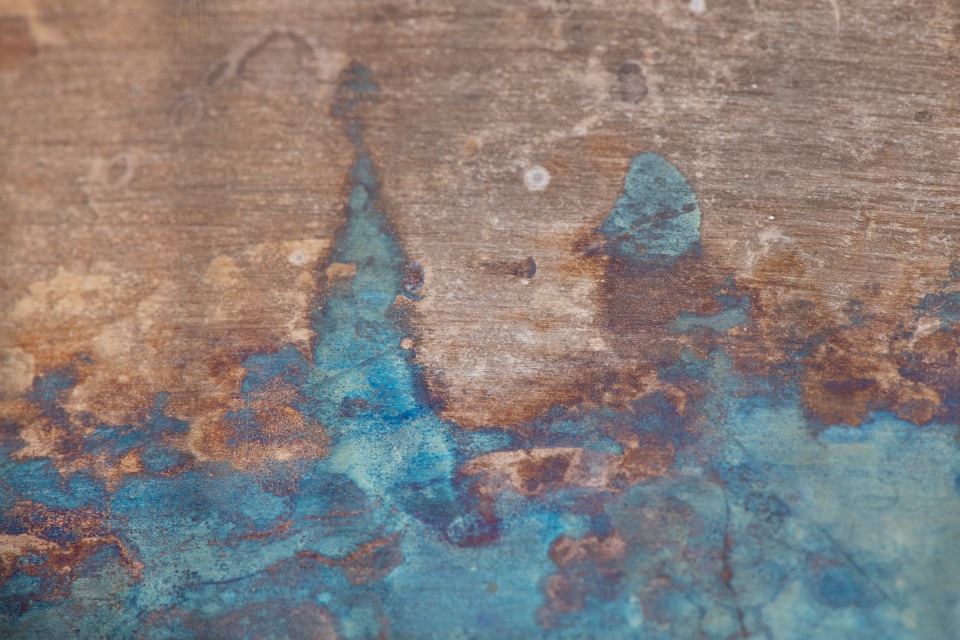
Img.1 _jlm1148
I have given image 2 the title “Another Scream” for obvious reasons

Img.2 _JLM1157
Reflection from the glass roof was casting black lines that were being distorted into patterns and swirls on the metal which brought to mind a music score (Image 3).

Img.3 _JLM1172
21/03/2020
Whilst doing this assignment the virus Covid 19 has been creeping up on the world and in this last week or so has finally hit, and made huge differences in how we all live our lives. Having my own business which relies on people traveling to us for training is going to be somewhat of a challenge to say the least. However – photography has always been a great way for me to forget about problems and a great way to relieve stress. Indeed, in the past couple of days the assignment has become so much less of a challenge in the face of everything else that is going on!
I doubt I will be able to go wandering looking for shots due to the time I need to spend on my business, and of course making sure I work with government regulations in relation to social distancing, and staying at home. There is no doubt that making sure I continue with the assignment will help greatly going forward. It is clear that any shots/research will have to be done from home in-between all the additional work commitments that are going to be around for a while!
Having taken a few test shots and thinking about the ideas of Wabi Sabi, I wondered what the opposite of Wabi Sabi might be in relation to the shots I had already taken? If I keep with metal as my subject I guess would be looking for clean, new, with no dents marks or scratches caused by misuse or time. Stainless steel was the first thing that came to mind and some more test shots gave me some very surprising results.
- _JLM1232
- _JLM1233
- _JLM1234
- _JLM1235
- _JLM1236
- _JLM1238
I was very surprised how much brushed stainless steel features in my kitchen and around the house. I used a ring flash and macro lens. The ring flash created stripes and shapes when the surface wasn’t flat and the macro lens allowed me to pick up the marks created during manufacture to create a brushed rather than shiny finish.
The U turn!
Although surprised by both the tarnished and the clean metal images and fully intended to take one or both of these ideas forward. It has occurred to me however that this might not be the way to go for the last assignment in EYV.
In the last couple of days I have been nagged by a voice that wants me to take more notice of what I have learned and some of the advice I have been given since starting the course almost a year ago.
I have learned a great deal about the technical aspects of taking a picture but the hardest part for me has been trying to understand the deeper concepts and ideas behind images and how those images have been created in order to achieve this. I do indeed want to be able to take images that are interesting, attractive and unusual and that have no particular underlying or obvious meaning but to a certain extent I think for me this is one of the easier aspects of photography, although I fully appreciate I have a long way to go.
If I am going to gain anything really important from the first part of this course perhaps I really do have to “take a risk” and delve into my not so SIMPLE side of this art, and use what I have learned instead of going back to my default comfort zone!
As mentioned above, the Covid -19 pandemic has put a great much of the world on lockdown and here in the Uk we are currently in lockdown.
I’m taking a guess that many people will be producing images that in some way represent what is happening in the world and to the lives of them and others and I’m sure there will be many images that become part of a historical catalog for future generations. I was determined not to let it influence my photography but it does seem to be the perfect opportunity to take a risk and move right out of my comfort zone.
I started by writing down a few words that either have come to my mind or I hear a lot and then adding additional thoughts and ideas for images. I wondered if, for every shot, whatever they turn out to be if they should have the outside world showing?
Shielded
-
- Masks, the walls of homes and 2 meters of space
- Physical layer between the camera and the subject (wong kar wei) Windows, material?
- Photoshop layer over shots?
- Masks, the walls of homes and 2 meters of space
Mother Nature
-
-
-
- Part of the problem and the answer to to this and other problem?
- Carrying on and in many aspects flourishing.
-
-
Response
-
- Lots of statements form Government, Businesses etc…… which always feature the word “Response” (to Covid -19) These images therefor are my personal and pictorial Response to the current situation caused by Covid -19?
I have begun to realised that I get very focused on getting the technical side of photography “right” So for example I am constantly thinking about the right lens and focal distance, getting the focus spot on, the ISO, the aperture, the exposure, the white balance etc……… I am beginning to understand that having an out of focus image can be right, if it’s for the right reasons. Or using an old scratched lens or using all the white balance setting in my camera in a composite image of an apple or a leaf as I did in Exercise 4.4 Personal Voice
I decided to go back and have a look at the photographer Sally Mann who I looked at in Exercise 4.1 and the equipment she used in some of her work.
“I’m just the opposite of a lot of photographers who want everything to be really, really sharp and they’re always stopping it down to F64 and they like detail and they look with their magnifying glass to make sure everything’s really sharp,” she says. “I don’t want any of that. I want it to be mysterious” Sally Mann (2011)
This is a really good example of how it is possible to move away from the need for everything to be sharp and perfect.
In the current climate whilst trying to slow down the number of virus cases, everyone is trying to shield themselves. From those working with infected patients to shoppers in supermarkets keeping a good distance from other people. To try and get this across I wondered if I could take inspiration from Sally Manns ideas of imperfection and place something between the camera lens and the subject to signify “shielding”
I also want to get across how much less the outside world features in our everyday lives. We are only allowed outside once a day for exercise, essential shopping or work if we are unable to work from home and that work is an essential supplier. To get this aspect of the current situation across I wondered if having the outside world featured in every image.
I was also reminded of Exercise 4.2 and the cinematographer Christopher Doyle and the way in which he added “one more layer of detachment” by shooting from inside a house through the windows on the other side of the street.
I wondered if I could get shots of the world outside behind a window or more than one window, I could signify the shielding or layers between people and the outside world.
I really am finding my new thought process quite strange (in a good way). Although I have enjoyed undertaking the research for all the exercises and assignments and love learning new things, I am really pleased that I am beginning to use some of this knowledge in the evolution of my photography journey. I am not having to force myself to go back and look at what I have done, and or learned, things are coming to mind as I work through ideas for the assignment, making me realise how much my thinking has changed.
In examining the idea of a “layer of detachment”, I tried a couple of different subjects and the camera lens. A cake cooler rack because I thought it might give the impression of a fence. It didn’t work particularly well and it was hard to get the right amount of bar like parts focused and in the right place. Bubble wrap! I loved the look this gave but completely obscured the subject (might come back to this in the future). I decided to change tack and look at technical layering in photoshop.
Whilst deciding on what to use I went back to the images I had taken at the beginning of this planning process. I tested out the different brushed steel images as layers over one of the tarnished silver bath images(Img. 4-6).
At this point I was only using the tarnished bath image as a test for the layers.

Img.4

Img. 5

Img.6
For the first two (Img.4 and 5) the effect is more how I imagined. It gives the impression that there is something between the subject and the lens with a hint of bars. Protection or Imprisonment? In the current climate it should be to symbolise protection, but for some it would be imprisonment.
I find it useful to visit a place first before taking shots, and will often spend time just wandering or sitting and watching. I have become used to doing this without my camera after struggling with myself to do this in a previous exercise. I had wondered if this was a strange thing to do and potentially something that would mean I missed a “perfect” situation, should it arise. My feelings are, that if I don’t have my camera, then yes, I may miss something but it allows me to relax and “just look” without worrying about what I’m looking for. Both these phenomena came up in a previous exercise during my research into Henri Cartier Bresson and Rut Blees Luxemburg. So I guess neither of them are a bad thing at all.
“You can’t go looking for it; you can’t want it, or you want get it” Henri Cartier-Bresson , (1997) American Photo , Page: 96
“I do walk alone although occasionally when I come to shoot on large format I’ll take an assistant, but by that stage the wandering has been done”
(Campany, 2014).
Unable to wander outside, I started wandering inside, looking out of windows and generally taking note of things I hadn’t really had the time or the need to take notice of before. The window was my layer between me and the outside, the reflections and the windows themselves gave me a new viewpoint from inside my house that I suspect would never have happened under different circumstances.
I started to notice the reflections of the garden and generally the outside world far more than I had before. We have a lot if glass windows and doors, in the house so this was really helpful. I started wandering at different times of the day into all the rooms to try and get interesting reflections coming from outside. I wanted to try and give the idea of there always being a layer between the camera and the outside by using the reflections and shooting through the window with blinds partly open.

Contact sheet1

ContactSheet-Final 10
Assignment five Photography is simple
Bibliography
Figure 1 https://en.wikipedia.org/wiki/Patina
Figure 2 https://en.wikipedia.org/wiki/Rust
Koren, L. (2008). Wabi-sabi for artists, designers, poets & philosophers. Point Reyes: Imperfect Publishing.
From Lens to Love
At:https://www.npr.org/2011/02/17/133595585/from-lens-to-photo-sally-mann-captures-her-love?t=1585568119587
[Accessed 30/03/2020]
Christopher Doyle methods
At:https://www.youtube.com/watch?v=iDMRB5cCrzY
[Accessed 30/03/2020]
Cartier-Bresson, H (1969) Simiane-la-Rotonde.
At: https://pro.magnumphotos.com/C.aspx?VP3=SearchResult&STID=2S5RYDYMZR5E
[Accessed 23/09/2019]
Campany, D. (2014). Art and photography. London: Phaidon.



